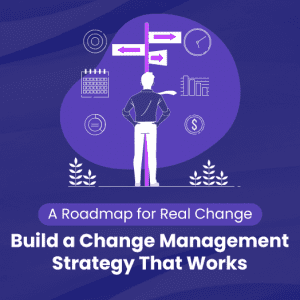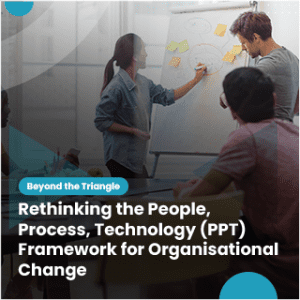

No, you aren’t imagining it: workers are leaving your company faster than you can replace them. In the past, spikes in voluntary attrition often signaled a competition for talent, where in-demand workers left one job for a similar but better one at another company. This most recent wave of attrition is different. Most are leaving to take on very different roles—or just leaving the workforce entirely. They have been operating under extreme circumstances for extended periods and have been unable to find an adequate balance between work and life—so they are choosing “life” until they absolutely need to go back.
The competition for talent is different now, too. Employers are competing with the full array of work experiences available to today’s employees—traditional and non-traditional jobs and, in some instances, not working at all. To get in the game, companies must offer adequate compensation and benefits packages; that is the ante. But to win, they must recognize how the rules of the game have changed. While workers are demanding (and receiving) higher compensation, many of them also want more flexibility, community, and an inclusive culture (what we call relational factors) to accept a full-time job at a traditional employer. Let’s look at some of the common challenges companies are facing while trying to hire top talent –
- Brand, Compensation, and Benefits
These are major game changers. Candidates are now cherry-picking when it comes to joining an organisation. While compensation is among the top reasons for any candidate to jump and take a new job, factors such as leadership & work culture, brand awareness, and growth trajectory play an equally important role in attracting the right talent. - Dated Recruitment Process
With remote working in place, the hiring process has become virtual and due to this, the interview and hiring process has become cumbersome with multiple rounds of interviews because of which many candidates drop off during the interviews. “Candidate Engagement” has now become “Candidate Delight”. Companies are coming up with “one-day Interviews” to attract talent. It’s still a job seekers market and companies are trying their best to attract candidates talent war will be won by companies who adapt and become more agile and innovative. - DE&I – Diversity, equity & inclusion
Diversity, equality & inclusion (DE&I) will be a continuing focus area, especially because more candidates will make job choices based on their assessment of a company’s DE&I commitment. Recruiters need to remove arbitrary entry barriers to job opportunities like educational qualification, they need emphasise more for a diverse pipeline of candidates and hold hiring managers accountable for moving those candidates through the hiring process. This could be through restructuring hiring processes to reduce bias, building diversity-friendly interview panels, and having mandates with data-driven reporting against diversity goals. - Counteroffer Scenarios becoming common
In this candidate-driven market, job seekers are getting big offers. Finding a candidate who is perfect for both the role and your company is often challenging but rewarding. When an impressive candidate sends you a counteroffer, respond to them professionally and remind them why your company is a great place to work and how much you can offer them. Learn more about what a counteroffer letter is, the types of responses to send, and elements to include in your response. Do not make low offers to candidates. You can test the water, but anything too low can be offensive and will put the candidate off (especially if they have high expectations). - High-offer Dropouts
Offer Rejection is the new norm. Even the best brands & best-paying companies are facing offer rejections. Recruiters are facing a tough time during this season as the market is filled with candidates who are looking for better prospects and have multiple offers and choose the company which pays the most. Recruitment turns out to be a very costly affair every time a candidate drops the offer. The entire recruitment process must be initiated all over again. A significant amount of time and effort is wasted to find a new replacement and many times projects get delayed and all of this would translate to huge revenue loss. So, it’s good to analyse reasons for dropouts and work closely with the hiring manager to put a process to better manage such scenarios.
Broadly, we are amid disruption in a candidate-driven market, and these are the signs that we must throw out some of our old ways of traditional thinking about recruiting and retaining the right people. The adoption of innovative ideas and improving the process is the key to overcoming these challenges.





